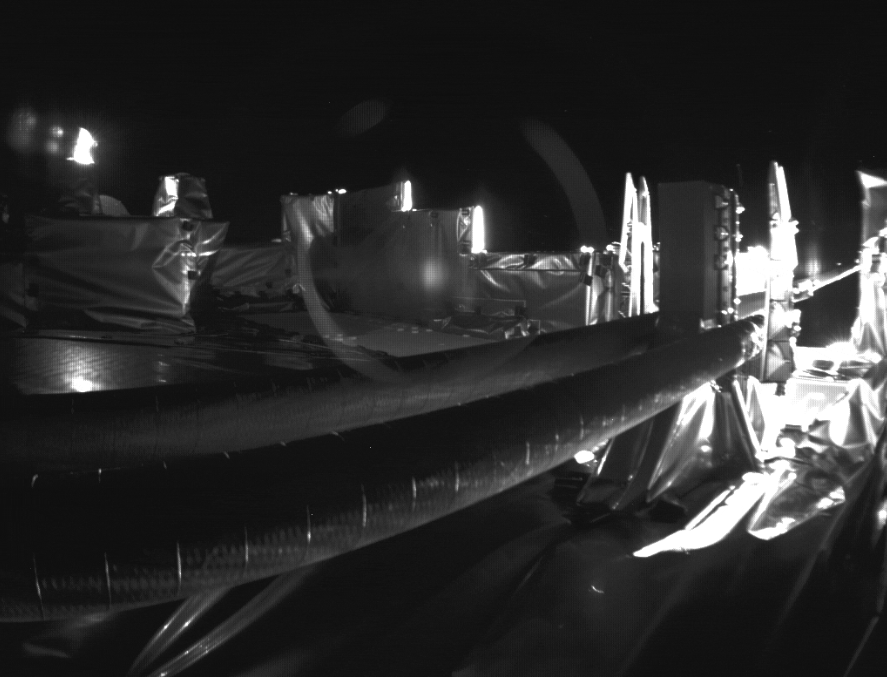Three weeks ago, the European Space Agency’s JUICE mission to Jupiter encountered a problem with its 16-metre-long Radar for Icy Moons Exploration (RIME) antenna. The antenna had not yet deployeddue to what appeared to be a stuck pin.
The mission control center teams have worked hard to find a solution to permanently unlock RIME. During the first attempt to extend it, only the first few segments of each half were deployed. Flight controllers suspected that the tiny pin locked the other segments in place.
To try to move the pivot, they rocked JUICE using its thrusters, then heated the satellite with sunlight. Every day, the RIME antenna showed signs of movement, but didn’t fully disengage.
On May 12, RIME finally “came to life”when the flight control team activated the mechanical device Non-Explosive Actuator (NEA) located in the jammed bracket. This produced a shock that moved the pivot a few millimeters, and it allowed the antenna to open.
The final deployment of RIME
Following the activation of the NEA actuator in the mounting bracket, the antenna received a mechanical shock. In the image below we see this shock, as well as the resulting damping swing it indicates the moment the antenna was releasedrocked back and forth, and finally settled into its nominal position, fully extended and locked.
Recall that RIME is an ice-penetrating radar designed to study the surface and subsurface structure of Jupiter’s icy moons down to a depth of 9 km. It is one of ten instruments aboard JUICE, and one of the most important. For this reason, its correct implementation was crucial for the success of the mission.
The purpose of RIME is to provide detailed information on the composition and structure of Jupiter’s moons, in order to better understand their origin and the evolution of the Solar System. Using ice-penetrating radar, it is possible to obtain information on the characteristics of the moons below the surface, such as the presence of liquid oceans and geological activity. RIME’s main research institute is the University of Trento.
You may be interested in –> Complete mission guide JUpiter ICy moons Explorer (JUICE)
Astrospace.it is a science dissemination project carried out by a group of young physicists and engineers with a common passion for space. If you like what you’re reading, you can help grow the platform through our subscription. We reserve exclusive and always updated content for our subscribers.
Join Astrospace.it Orbit too.
